
Date: 2 June 2016
The status of these groups and their activities, as of the 2016 AAMA Annual Conference, is as follows:The Skylight/Sloped Glazing Document Coordination Task Group (Chair: Roger LeBrun) is planning for a coordinated suite of skylight documents, wherein the component documents properly cross-reference one another.Older documents are being reviewed to identify those that are beneficial references and those which should be retired. The new Skylight Selection and Daylighting Design Guide will serve as the master umbrella document. All other documents will serve as referenced documents for additional detail
Among the latter are the SSGPC-1-XX, the updated Structural Silicone Glazing Procedural Guide, which is essentially ready for re-balloting following task group action on previous ballot comments. The venerable SHDG-1-88, Skylight Handbook Design Guidelines, (which served as the basis for developing SkyCalc) and DDGA-89, Daylighting Design Guidelines for Roofing Glazing in Atrium Spaces, are to be reviewed to determine if they are still acceptable and/or of value.
The updated Glass Design for Sloped Glazing will be balloted by the Task Group (Chair: Paul Bush [PPG]) as soon as additional reviewer questions are addressed, in accordance with a punch list of remaining issues.
The new Selection and Design of Plastic Glazing for Skylights Task Group (Chair: Ken Schwartz [Covestro]) reported that the revised document is nearly completed, looking toward issuance for ballot in June. It was noted that the most recent draft does not include the term “sloped glazing” anywhere in the document text; the term will be applied as appropriate to maintain consistency with other documents and CSI specifications.
Draft #8 of the retitled Selection and Application Guide for Plastic Glazed Skylights and Sloped Glazing was issued March 9, 2016.
Plastic Glazing Document to be Streamlined
The Selection and Design of Plastic Glazing for Skylights Task Group (Chair: Ken Schwartz) is working to consolidateall of the current documents to eliminate repeating the same information within different documents. A summary of the information that could be removed from this document and placed in the Skylight Selection and Daylighting Design Guide currently being developed was discussed. This includes most of the information in Section 9. Section 8 is being reviewed, recognizing that while some language needs to be kept, a decision must be made as to where it should be placed. In general, it was decided to remove anything that had to do with whole product performance and leave only what is specific to glazing. Once this is accomplished, the document will be re-balloted.
The Structural Design Guidelines for Aluminum Framed Skylights Update Task Group (Chair: Dave Norgren [Skyline Sky-Lites]) reports that SDGS-1-89 is still undergoing re-development, focusing on an array of missing items. The inclusion of smoke vents in the proposed, revised title was rejected, due to smoke vents falling outside of the document’s intended scope of unit skylights. The goal is to have a draft document ready for review by October 2016.
The new Skylight Selection and Daylighting Design Guide Task Group (Chair: Randy Heather [Wasco]) noted that significant development work was nearing completion, involving the inclusion of content from other AAMA documents. The draft was expected to be ready for task group review and edits “in the near future.”
Codes and Regulatory Issues
The Skylight / Sloped Glazing Codes and Regulatory Affairs Committee (Chair: Bob Young [Eastman Chemical]) reviewed the minutes of a conference call of the newly formed NFRC Dome Simulation Task Group. There was a discussion of this task group’s purpose. It was suggested that some additional expert resources be sought to help develop the means to simulate the Solar Heat Gain Coefficient (SHGC) of curved plastic domes.
Code proposals were reviewed for their potential impact. This included new Group B proposals submitted by AAMA dealing with treatment of skylights under performance-based design in residential and commercial IECC sections.
A code proposal by the ICC Sustainability, Energy & High Performance Building Code Action Committee (SEHPCAC) was reviewed and considered for AAMA support. This proposal would make an exception to skylight area limits when toplighting is required. The task group voted to escalate the approval of this code advocacy position to the AAMA Code Action Committee for a supporting position to IECC C402.4 regarding clarification of skylight area limits modified by the use of automatic lighting controls.
All code proposals were posted in March, with a conference call to review them prior to the Committee Action Hearings in late April.
New language clarifying the height of the smoke vent lid above the roof when opened was reported as having been been approved by UL for inclusion into the UL 793 smoke vent standard, although further review was suggested.
It was further noted that RESNET needs to be updated to reflect current codes.
Marketing Efforts Focus on Fall Prevention
The Skylight/Sloped Glazing Marketing Committee (Chair: Chris Magnuson [Wasco]) noted the status of the Skylight Fall Prevention Campaign. The development of campaign literature and presentation tools proceeds apace, based on updating the AAMA position paper on this topic. The focus is on educating and enlisting all the peripheral groups that have a hand in preventing falls from roofs to understand the true hazard and their share of the responsibility for preventing injury. Safe practices will be promoted in a variety of ways. Images were requested from manufacturers relevant to the message for use in the material. Social media would also be used to spread the message once the paper was fully developed.
Members are asked to review the position paper for currency and adherence to neutrality guidelines, after which staff would turn it into a more visually appealing format, suitable for a web page.
Meanwhile, the Skylight Fall Protection procedures are being reformatted as a standard in ASTM format. In addition, the Daylighting Fact Sheet is in the process of being updated.
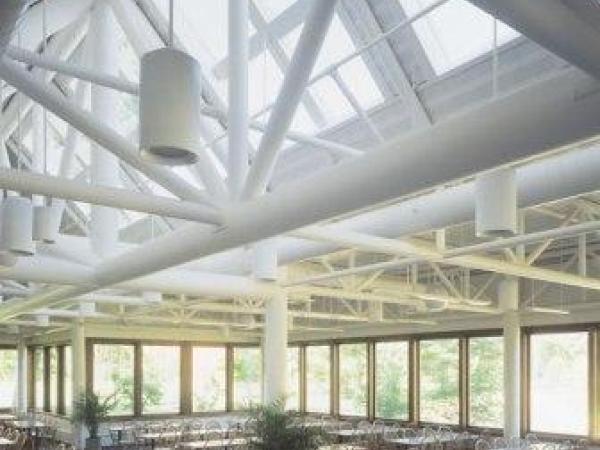 600450
600450

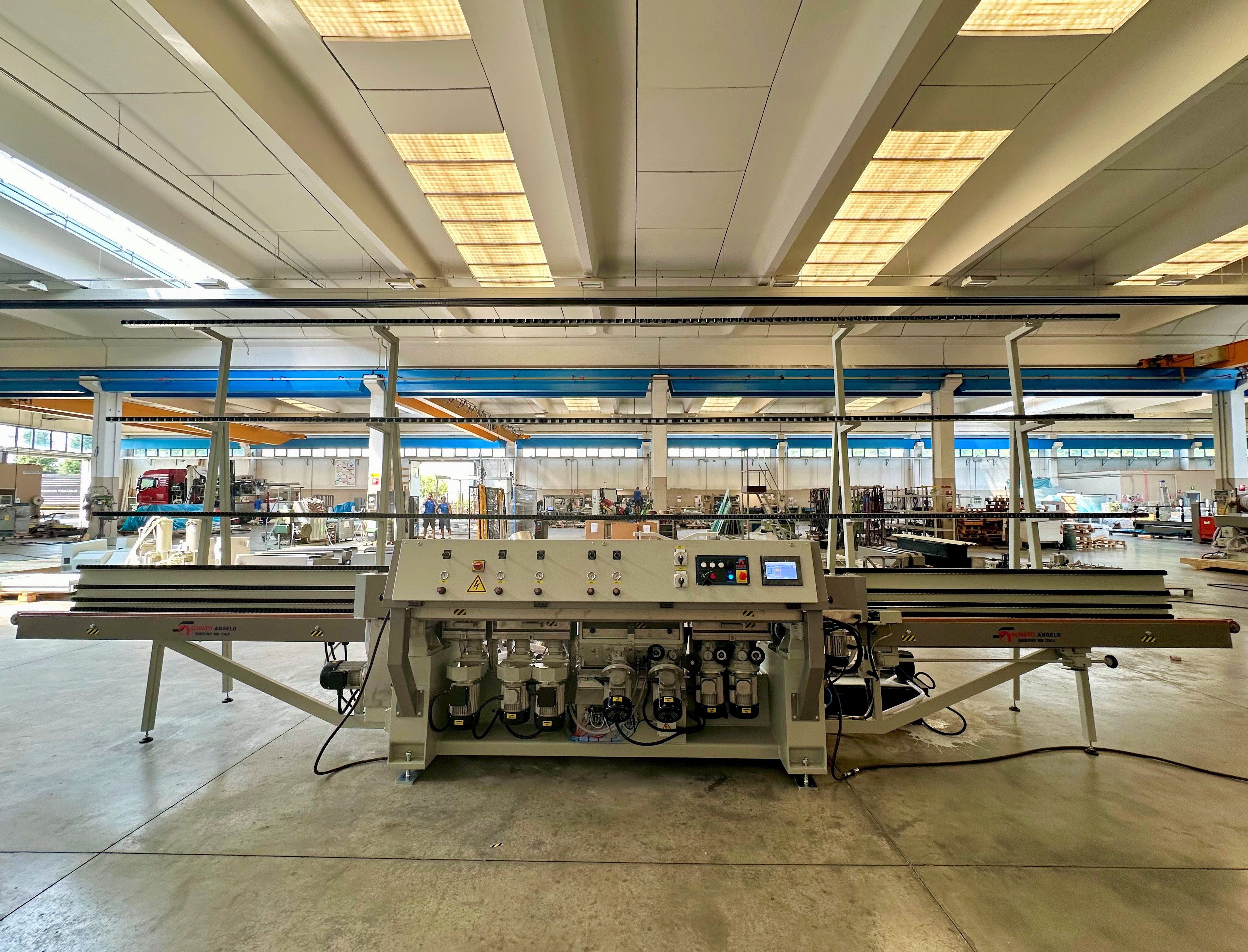
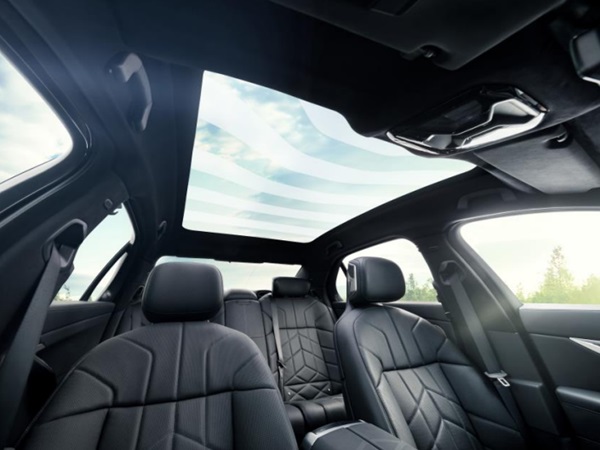

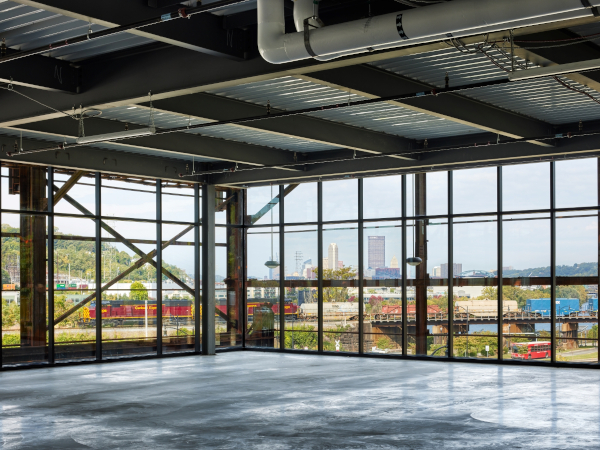
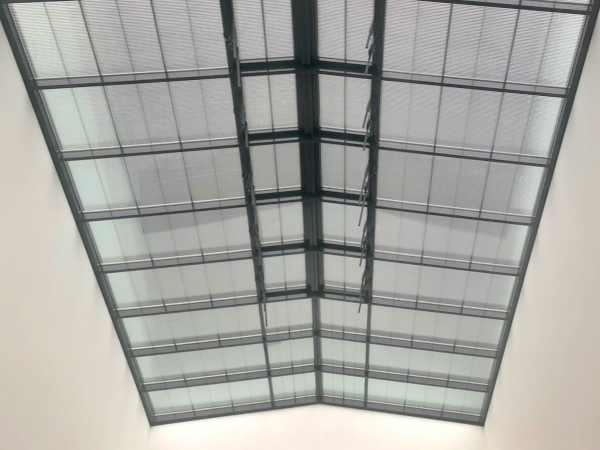




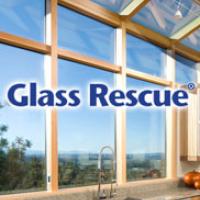




Add new comment